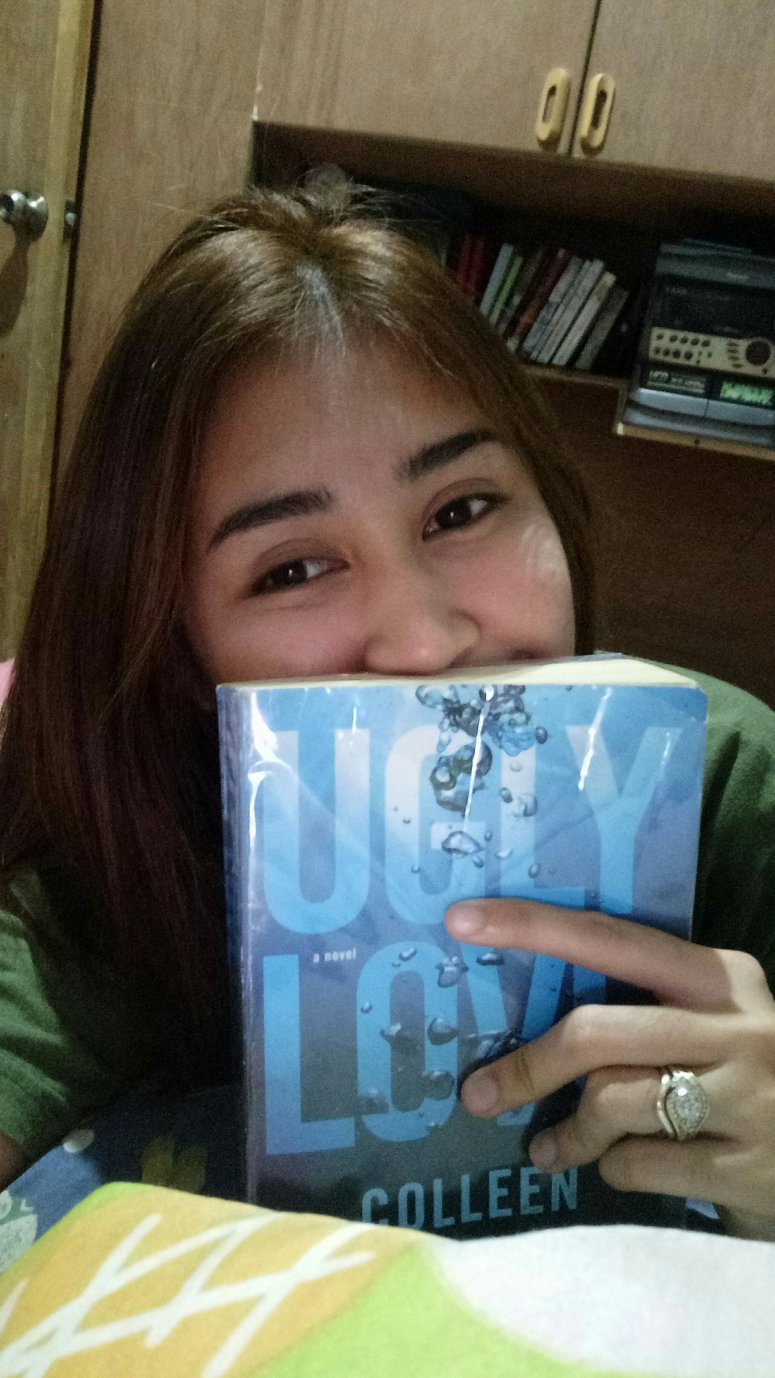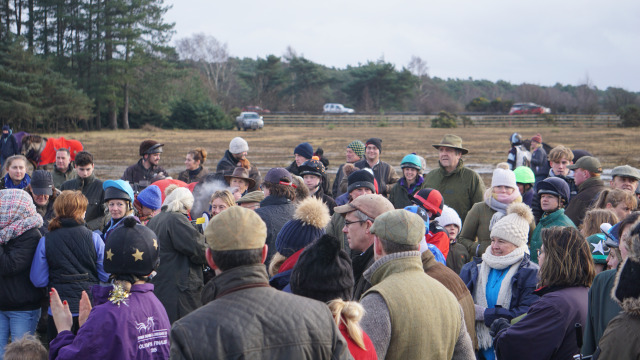
In our March issue we sketch a portrait of our newest GEMS-member Teodoro Katinis. Teodoro holds a PhD in Italian (Johns Hopkins University) and philosophy (Università degli Studi Roma Tre), and is now a research professor of Italian Literature at Ghent University, where he aims to study vernacular medical texts of the 16th and 17th centuries. Teodoro has widely published on Renaissance culture and philosophy, the early modern dialogue, medical history and literature. He published his first monograph Medicina e filosofia in Marsilio Ficino: il Consilio contro la pestilentia in 2007 and is currently finishing a second book on the rebirth of sophistry in the Italian Renaissance.
How did your interest for medical history and philosophy arise?
Although medicine is a recurring theme in my research, I would not be able to do the job of a physician or an exact scientist. Much more, my fascination concerns the relation between medicine, arts and language. I am interested in the human psyche and body, and more specifically in how they are represented in and go together with visual or expressive arts and philosophy. I was surprised to learn that my PhD research on medicine and philosophy in Marsilio Ficino’s work was one of the first studies on this humanist that combined the history of medicine, Italian literature and philosophy. Ficino’s advice against the plague (1481) is interesting not only from a philosophical-historical perspective. It is also important from a socio-historical perspective, because it was one of the first books printed in vernacular, thus attracting all social strata. My first monograph was a modern edition of this advice with an extensive introduction on the text (style and content) and its sources. I hope to publish an English revision in the future, and to dig deeper into the rhetoric that guaranteed this wide dissemination of medical knowledge.
Do you consider your research in general as interdisciplinary?
There is, of course, no fixed methodology (whatever works), yet my experience shows that interdisciplinary research is both productive and instructive. During my PhD research, I found myself working at the crossroads of philology, philosophy, (art) history, medical history of epidemics and even anthropology. However, I never asked myself which discipline my work was ‘most’ entitled to and this proved to be a fruitful way of doing research. Not only did I learn much about diverse academic fields, I also noticed that my monograph reached a broad audience of history scholars, scholars of medical history, Renaissance studies, philosophy, et cetera. I believe academics should always try to write for ‘everyone’ (as far as this is possible).
Have you ever experienced a ‘eureka moment’ during your research?
Absolutely! At John Hopkins University, I worked on the Renaissance dialogue (a very popular topic in the United States) and read Apologia dei dialoghi by Sperone Speroni (1500-1588), looking for a theory of dialogue. What I found instead, was a discussion about ancient sophists and their perspectives. That led me to explore further in this direction and to discover two of the most amazing texts I have ever read: Speroni’s In difesa dei sofisti (In Defense of Sophists) and Contra Socrate (Against Socrates). And that is when I cried ‘eureka’: Speroni was on the exact same line as Plato (4th century BC) and Nietzsche (1844-1900)! Speroni’s dialogues are an explicit rehabilitation of the platonic dialogues on the one hand, and, at the same time, reading Speroni is like ‘reading Nietzsche before Nietzsche’. Speroni’s attack on Socrates’ philosophy is the most striking part of my discovery. Scholars invariably believed that before Nietzsche no one had been brave enough to look at the points where Socrates might have been wrong. Now it seems that Speroni’s critique precedes Nietzsche’s and stands as the most explicit attempt to rehabilitate the ancient sophists since Antiquity.
What is the most inspiring (literary) study you have ever read? And the most recent one?
Cesare Pavese’s Dialoghi con Leucò (1947) is the most original and inspiring book I have ever read. The book is a reworking of Greek and sometimes Roman mythology, written in a personal way, but based on profound scholarly knowledge of the subject. It consists of very short enigmatic dialogues between mythological figures. Dialoghi con Leucò touches upon several aspects of life, such as aggressiveness, eros, pain, motherhood (also Freudian), the divine, morality, and so on. Pavese’s presentation and interpretation of classical myths becomes an essential tool to understand ourselves and society today. If I will ever write an unscholarly book, Pavese’s work will be my model.
More recently, I read Eric MacPhail’s The Sophistic Renaissance (Genève 2011), a study on the rebirth of sophistry in early modern Latin and French literature. I liked this study very much for two reasons. Firstly, it is the only book completely dedicated to this subject. It has become a standard work with good reason. Secondly, and strangely enough, the book was inspiring for its lack of vernacular Italian sophistic literature of the Renaissance. I now hope my own research could somehow complete Eric’s work. He is still working on the subject, and it is nice to have an interlocutor with whom I keep in touch. I invited him as a keynote speaker for the conference The Sophistic Renaissance: Authors, Texts, Interpretations that I organised in Venice (September 26, 2015), for instance. That conference also attracted Master students. With one of them I have just submitted an FWO-proposal, hoping to open a new path of research in this field.
About the image:
One of the characters in Cesare Pavese’s Dialoghi con Leucò (1947) is Odysseus. Teodoro Katinis attests that the mythical figure Odysseus somehow reflects several aspects of his research and personal life, including travelling, both intellectually and materially. This is a statue from the villa of Tiberius at Sperlonga, Italy (Museo Archeologico Nazionale).
By Sarah Adams
Advertisements Share this:




